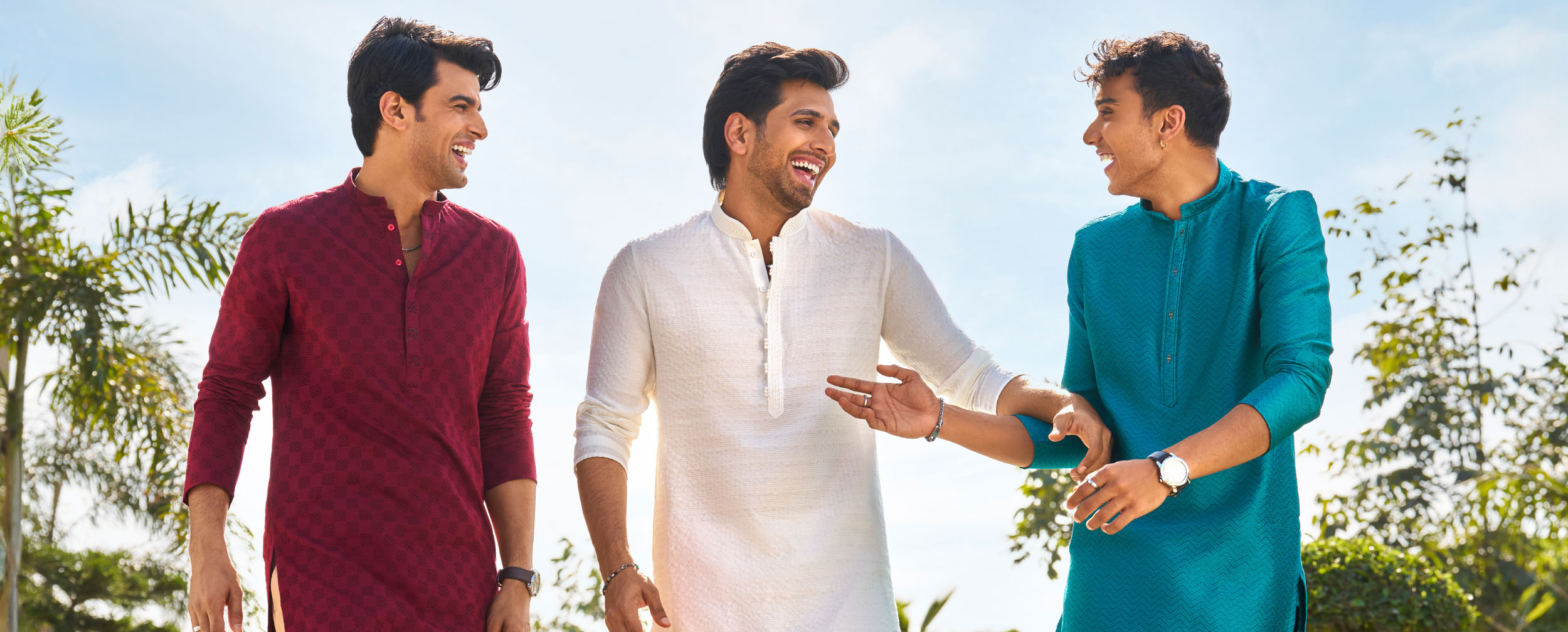STORIES BY DIWAS

Lifestyle
Decoding the Puri Jagannath Rath Yatra History: A 900-Year Journey of Faith
Date 26 June 2025 Reading time: 7-10 mins
The Puri Jagannath Rath Yatra stands as one of India’s most iconic and cherished festivals, an annual spectacle that transforms the streets of Puri, Odisha, into a vibrant tapestry of devotion and tradition. Every year, millions of devotees gather to witness the grand procession of Lord Jagannath, Lord Balabhadra, and Goddess Subhadra, as they are carried on towering chariots through the city. More than a religious event, it is a celebration of faith, unity, and cultural heritage that has thrived for centuries.
This article takes you on a journey through the Puri Jagannath Rath Yatra history, exploring its origins, evolution, and enduring significance. Alongside this, we will uncover the story of Rath Yatra, a narrative woven with mythology and spirituality that continues to captivate the Indian imagination.
The Origin of Puri Jagannath Rath Yatra
The Puri Jagannath Rath Yatra's history is a fascinating blend of mythological lore and historical evidence, tracing its roots back over a millennium. At its heart, the story of Rath Yatra unfolds as a divine homecoming—Lord Jagannath, a revered incarnation of Lord Vishnu, sets out on a majestic journey from the sanctum of the Jagannath Temple to the Gundicha Temple, believed to be the home of his maternal aunt and a symbolic representation of his birthplace.
Accompanied by his siblings, Lord Balabhadra and Devi Subhadra, this annual yatra is far more than a ritual procession; it is a profound expression of the Lord’s willingness to step out of his abode and mingle with devotees in the open streets. It signifies divine grace reaching out to the masses, breaking barriers of caste, creed, and status, and embracing the spirit of unity, humility, and devotion.
Historical records suggest that the Rath Yatra emerged as a structured festival during the 12th century under the Eastern Ganga dynasty, though its traditions likely predate this period. Sacred texts such as the Skanda Purana, Brahma Purana, and Padma Purana reference the event, hinting at its ancient spiritual foundations.
By the 15th century, during the reign of King Purushottama Deva, the festival gained prominence, with detailed accounts documenting its observance. The tradition endured through periods of invasion in India, largely due to the efforts of rulers like Gajapati Prataprudra Deva, who played a key role in restoring the Jagannath Temple and its rituals.
Why Jagannath Rath Yatra is Celebrated
The Jagannath Rath Yatra is celebrated for reasons that resonate deeply with both spiritual and cultural ethos. At its core, it symbolises the soul’s journey towards divine realisation, with the deities’ procession representing a bridge between the human and the divine. This accessibility is a hallmark of the festival, as it allows devotees from all walks of life to participate, transcending social divides.
The story of Rath Yatra further enriches this celebration, emphasising the familial bond between Lord Jagannath, Lord Balabhadra, and Goddess Subhadra, a theme that mirrors the importance of kinship in Indian society.
The Historical Significance of Puri Rath Yatra
The Puri Jagannath Rath Yatra's history extends beyond religious devotion to reflect India’s socio-political narrative. Supported by dynasties like the Gajapatis of Odisha, the festival became a symbol of cultural continuity and royal patronage. The Chhera Pahanra ritual, where the King of Puri sweeps the chariots, underscores values of humility and equality, blending spiritual and temporal authority.
During times of foreign domination, the Rath Yatra stood as an assertion of identity and resilience, ensuring its survival through turbulent eras. Today, it remains a living testament to India’s historical and spiritual legacy.
The Evolution of Puri Jagannath Rath Yatra Through Time
Over the centuries, the Rath Yatra has evolved while retaining its sacred essence. Initially a local tradition in Puri, its influence grew with the spread of Vaishnavism, particularly through the teachings of saints like Chaitanya Mahaprabhu in the 16th century. The story of Rath Yatra inspired similar celebrations across India, from Ahmedabad to Baripada, broadening its reach.
In modern times, the festival has crossed borders, with organisations like ISKCON organising Rath Yatras globally, from London to New York. This expansion has introduced the story of Rath Yatra to diverse audiences, cementing its place as a global emblem of Indian heritage, even as Puri remains its spiritual epicentre.
Why Do We Celebrate Jagannath Rath Yatra
Today, the Jagannath Rath Yatra serves multifaceted purposes. For devotees, it is a reaffirmation of faith; for communities, a celebration of unity; and for Odisha, an economic boon through tourism and artisanal crafts.
The festival preserves age-old traditions, engaging skilled craftsmen in chariot-making and sustaining cultural practices. In an era of division, its message of inclusivity and collective devotion resonates strongly, offering timeless lessons in harmony and spirituality..
The Rituals and Traditions of Puri Jagannath Rath Yatra
The Rath Yatra is a meticulously orchestrated event steeped in rituals that unfold over weeks. The process begins on Akshaya Tritiya, when artisans commence constructing the three chariots—Nandighosha, Taladhwaja, and Darpadalana—using traditional methods and specific woods like phases and dhausa.
On Snana Purnima, the deities are bathed with 108 pots of water, followed by a period of seclusion known as Anasara. The main event features the Pahandi Bije, where the deities are ceremonially escorted to their chariots, and the Chhera Pahanra, where the King of Puri sweeps the chariot floors with a golden broom, symbolising humility.
The procession itself, where thousands pull the chariots along the Grand Road to the Gundicha Temple, is a powerful display of devotion. After a week-long stay, the deities return in the Bahuda Yatra, completing the cycle. These rituals, unchanged for centuries, reflect the depth of the Puri Jagannath Rath Yatra's history, preserving its sanctity and grandeur.
The Impact of Puri Jagannath Rath Yatra on Indian Culture
The story of Rath Yatra has profoundly shaped Indian culture, influencing art, literature, and social values. Traditional Pattachitra paintings and sand sculptures often depict scenes from the festival, while devotional music and Odissi dance draw inspiration from its themes.
The Rath Yatra fosters inclusivity, uniting diverse communities in a shared celebration, a principle that echoes across India’s cultural fabric. Its global presence has further elevated its status, promoting Indian heritage worldwide and encouraging cross-cultural dialogue, all rooted in the enduring narrative of this divine journey.
Timeless Wheels of Faith and Tradition
The Puri Jagannath Rath Yatra history is a remarkable chronicle of faith, resilience, and tradition, bridging ancient origins with contemporary relevance. The story of Rath Yatra, with its blend of mythology and lived experience, continues to inspire millions, uniting them in devotion and celebration.
As the chariots traverse Puri’s streets each year, they carry forward a legacy of centuries, embodying India’s spiritual and cultural soul. This divine journey through time remains a powerful reminder of the eternal bond between the human and the divine, a heritage that thrives in the hearts of Indians and beyond.
For those celebrating cultural festivals throughout the year, Diwas offers stylish yet comfortable options that honour our rich culture while meeting the needs of today's celebration-goers.



